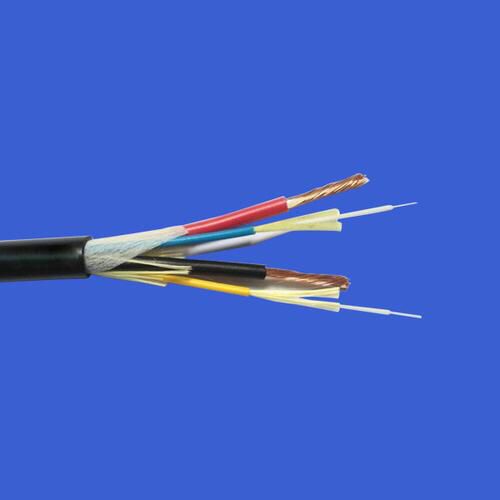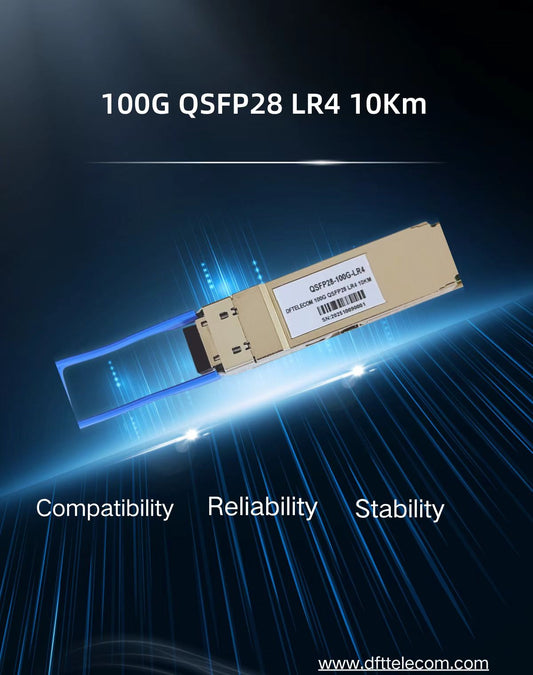I. Core Functions & Applications
-
FTTH Network Compatibility
Designed for Fiber-to-the-Home (FTTH) networks, it converts optical signals to RF signals for coaxial cable (CATV) transmission, ensuring backward compatibility with legacy TV equipment. -
Signal Splitting
Acts as a 2-way splitter, distributing the RF signal equally to two output ports (e.g., for set-top boxes or modems) without requiring external power.
II. Key Technical Features
-
Passive Operation
- Operates without external power, driven by optical signal energy alone, ideal for power-scarce or emergency scenarios.
-
Robust Construction
- Zinc die-cast housing: Provides EMI shielding and physical durability.
- Nickel-plated surface: Enhances corrosion resistance for outdoor use (e.g., utility poles or junction boxes).
-
Signal Compatibility
- Supports CATV standard frequencies (typically 5–1000MHz).
- Optical interface types (e.g., SC/APC or FC) vary by model.
III. Typical Use Cases
-
FTTH Network Upgrades
Bridges fiber-optic networks with existing coaxial infrastructure in homes or small businesses. -
Multi-Device Connectivity
Splits signals to two endpoints (e.g., living room TV and bedroom modem). -
Outdoor Node Expansion
Deploys in harsh environments (e.g., rural hubs) due to its weatherproof design.
IV. Selection & Usage Notes
- Optical Power Range: Ensure input power falls within specs (e.g., -8dBm to +2dBm).
- Signal Loss: ~3.5dB insertion loss per split; amplifiers may be needed for long-distance runs.
- Port Protection: Terminate unused RF ports to prevent oxidation or noise.
This device is critical for cost-effective FTTH-CATV convergence, balancing reliability and ease of deployment. Add to cart 🛒







